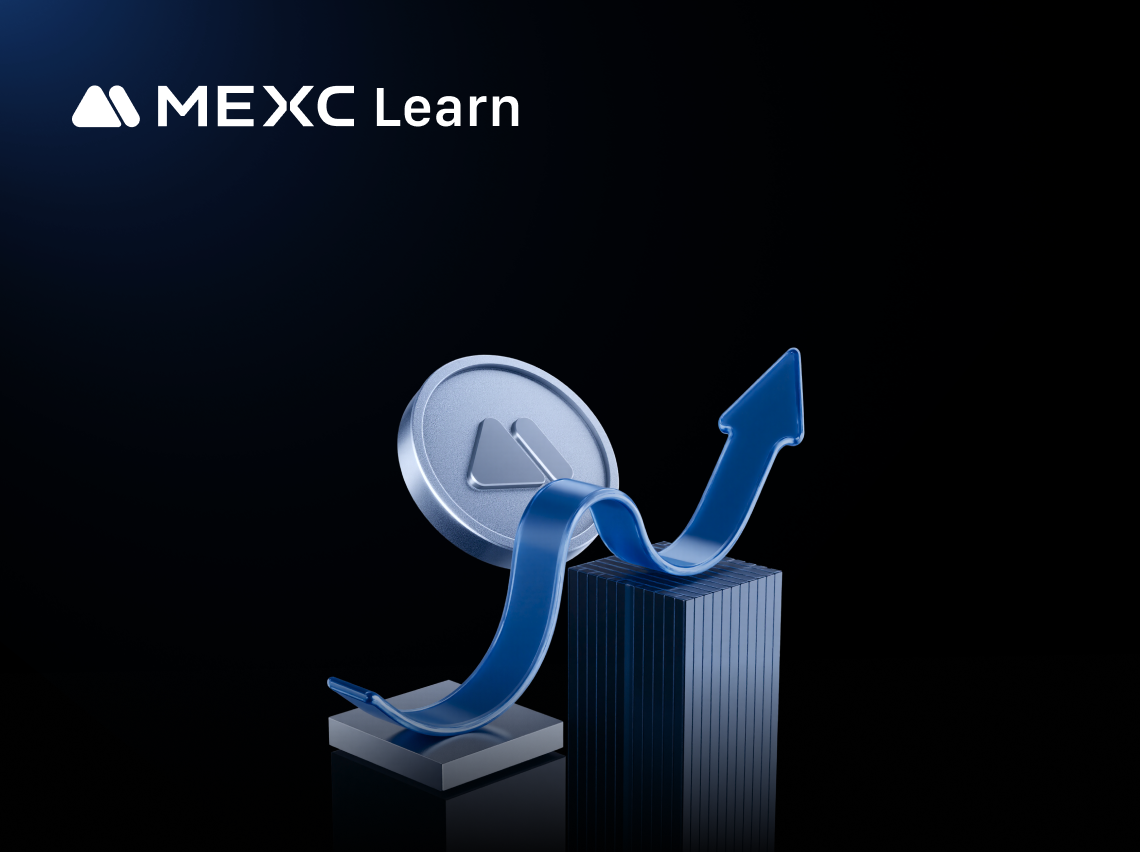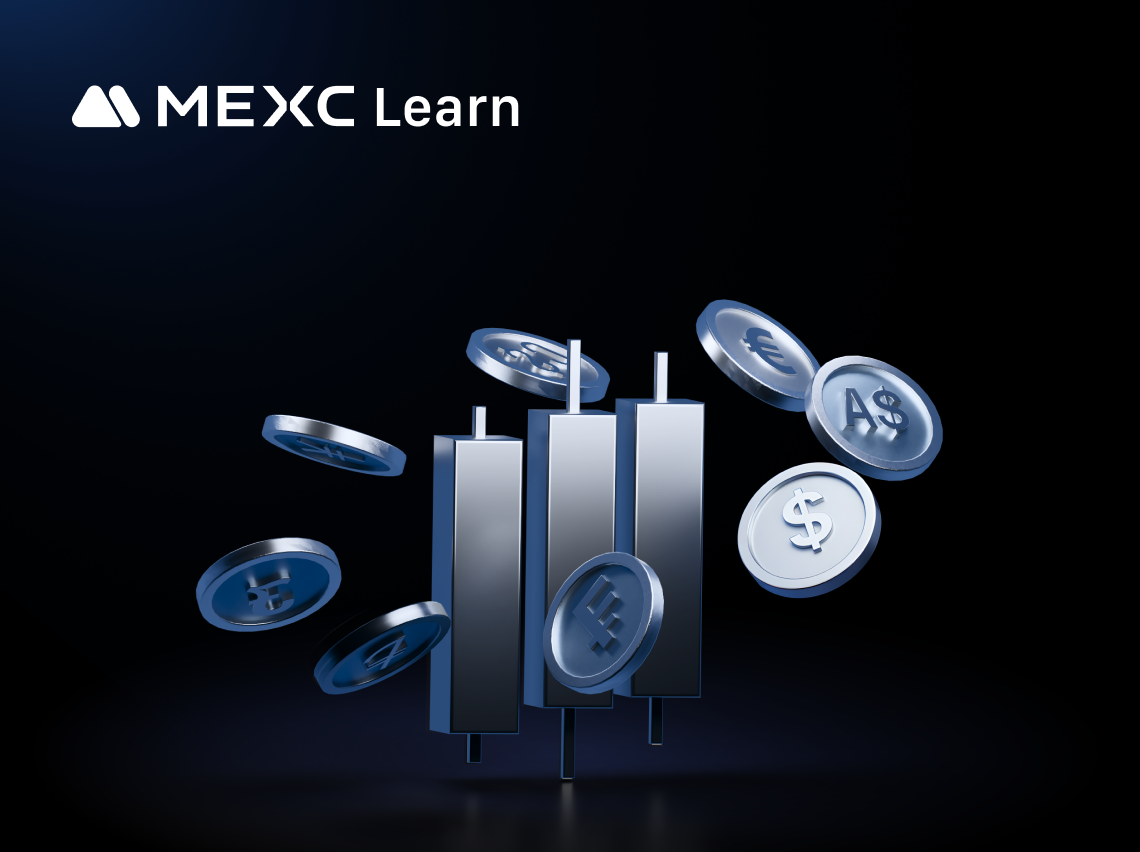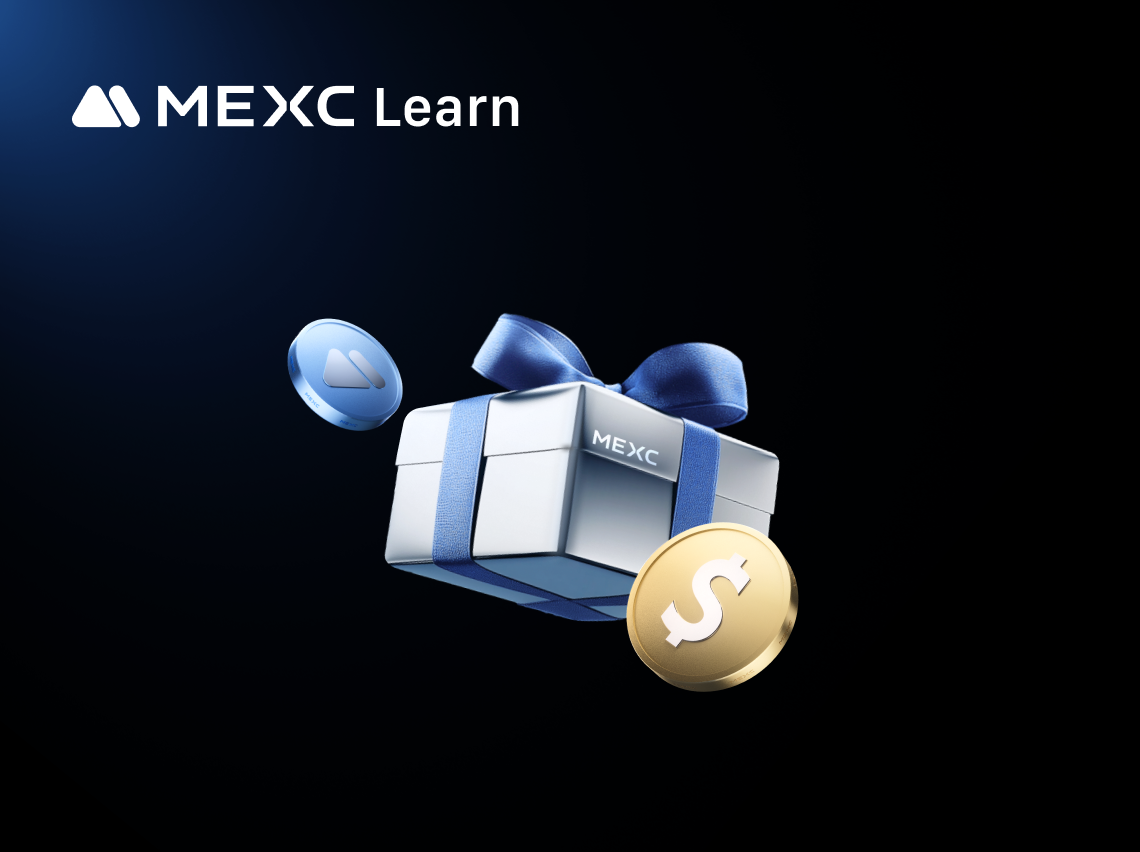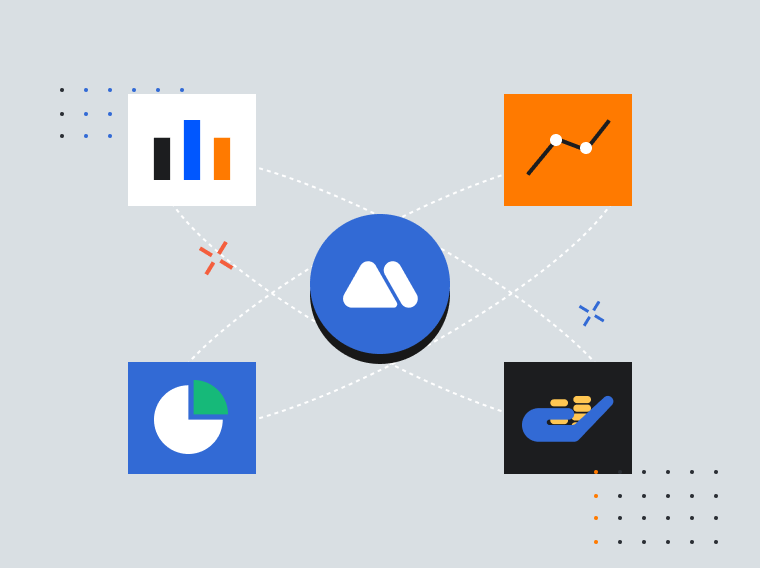When Will the Last Bitcoin Be Mined? Complete Timeline Explained
- Bitcoin has a fixed maximum supply of 21 million coins hardcoded into its protocol.
- The last bitcoin will be mined around the year 2140 due to halving events every four years.
- Currently, about 19.9 million bitcoins have been mined, leaving approximately 1.5 million remaining.
- Mining rewards halve every 210,000 blocks, progressively slowing new coin creation.
- After 2140, miners will rely entirely on transaction fees instead of block rewards.
- By 2035, over 99% of all bitcoins will already exist in circulation.
Understanding Bitcoin's 21 Million Supply Cap
When Will the Last Bitcoin Be Mined? The 2140 Timeline
- 2028: Reward drops to 1.5625 BTC
- 2032: Falls to 0.78125 BTC
- 2060: Below 0.006 BTC
- 2136: 32nd halving occurs
- ~2140: Last satoshi mined

What Happens When All Bitcoins Are Mined?

Frequently Asked Questions
Conclusion
Popular Articles

Is It a Good Time to Buy Bitcoin? What You Need to Know
Bitcoin's price movements keep investors guessing about the right moment to enter the market. This article examines the key factors that influence Bitcoin investment decisions, including market condit

What Does BTC Stand For? Your Bitcoin Starting Point
If you've been scrolling through financial news or social media lately, you've probably seen "BTC" pop up everywhere. Maybe you're wondering what this three-letter code actually means, or why

What is Fogo (FOGO)? The Complete Guide to the Ultra-Low-Latency SVM Layer-1
TL;DR1) Fogo is a high-performance Layer-1 blockchain fully compatible with the Solana Virtual Machine (SVM), built for extremely low-latency execution of DeFi applications.2) Its custom Firedancer-ba

What is JESSE Coin? An In-Depth Analysis of the Decentralized Content Coin Launched by Base Core Developer
TL;DR1)JESSE is a personal token issued by Jesse Pollak, a core developer of the Base network.2)JESSE is positioned as a "Content Coin," designed to connect creators with their fans.3)JESSE co
Hot Crypto Updates

What is Jesse (JESSE)? 2026 Price Prediction & Trading Guide
Executive Summary Jesse (JESSE) is an open-source algorithmic trading framework for cryptocurrencies, providing professional quantitative trading solutions. As an innovative application of blockchain

SACHICOIN Price Prediction 2026: Investment Guide to Solana's Cutest Memecoin
Core Overview SACHICOIN (SACHI) is a community-driven memecoin built on the Solana blockchain, inspired by a real Scottish Fold cat named Sachi. As the "cutest force on Solana," SACHI represents more

JESSE (JESSE) Spot Trading Platform Comparison: Why MEXC Leads the Market
Choosing the right JESSE (JESSE) spot trading platform can significantly impact your trading success. MEXC stands out among cryptocurrency exchanges with superior features, competitive fees, and enhan

JESSE (JESSE) Real-Time Price and Market Analysis
The crypto market moves fast, and the live JESSE (JESSE) price helps traders stay up to date. This article highlights today's JESSE cryptocurrency price, short-term performance, and the main factors i
Trending News

UK Fraud Office Makes First Major Crypto Arrests in $28M Basis Markets Rug Pull
The UK SFO made its first major crypto enforcement move by arresting two men linked to the $28M Basis Markets collapse.

United Kingdom S&P Global Services PMI came in at 50.5 below forecasts (52.1) in November
The post United Kingdom S&P Global Services PMI came in at 50.5 below forecasts (52.1) in November appeared on BitcoinEthereumNews.com. Bitcoin, Ethereum and Ripple continued their downward trajectory

Data: BNB Chain has generated over $350 million in fee revenue in the third quarter of this year
PANews reported on September 21 that according to data disclosed by Token Terminal on the X platform, BNB Chain generated US$357.3 million in fee income in the third quarter of this year, setting a re

Solana Price Prediction 2025
The post Solana Price Prediction 2025 appeared on BitcoinEthereumNews.com. Solana trades at $127.45, down 31% last 30 days, as fresh volatility shakes the altcoin market. Yet behind that pullback, ins
Related Articles

Is It a Good Time to Buy Bitcoin? What You Need to Know
Bitcoin's price movements keep investors guessing about the right moment to enter the market. This article examines the key factors that influence Bitcoin investment decisions, including market condit

When Will the Last Bitcoin Be Mined? Complete Timeline Explained
Bitcoin has a fixed supply cap of 21 million coins, hardcoded into its protocol to create digital scarcity similar to gold. If you've wondered when the last bitcoin will be mined, the answer is around

What Does BTC Stand For? Your Bitcoin Starting Point
If you've been scrolling through financial news or social media lately, you've probably seen "BTC" pop up everywhere. Maybe you're wondering what this three-letter code actually means, or why

What is Fogo (FOGO)? The Complete Guide to the Ultra-Low-Latency SVM Layer-1
TL;DR1) Fogo is a high-performance Layer-1 blockchain fully compatible with the Solana Virtual Machine (SVM), built for extremely low-latency execution of DeFi applications.2) Its custom Firedancer-ba
